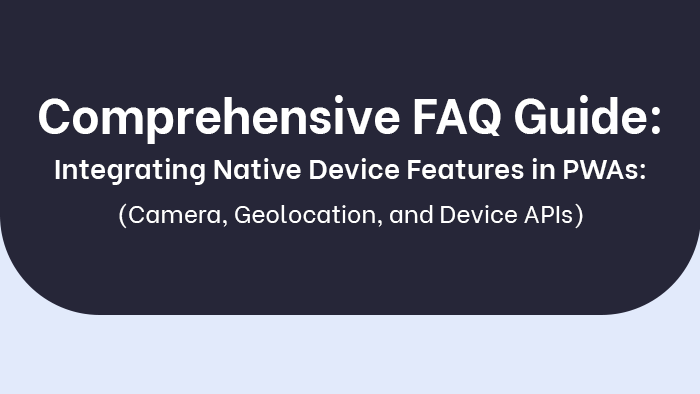Can you help with integrating location-based services and maps in a cross platform app?
Yes, as a proficient content writer in a software development company, I can assist you with integrating location-based services and maps in a cross-platform app. By leveraging APIs and SDKs, we can easily integrate popular mapping services like Google Maps, Mapbox, or OpenStreetMap into your app. This allows your app to access location data and display maps, markers, routes, and other location-based features. Integration can be achieved using cross-platform frameworks like React Native, Flutter, Xamarin, or Cordova, which enable code sharing and reduce development time and costs. Additionally, we can implement geolocation tracking, geofencing, and proximity-based notifications to enhance your app’s functionality and user experience.
